When horses grow
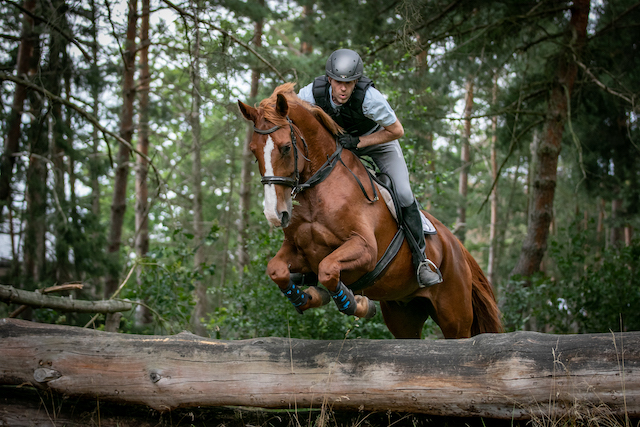
As if that isn’t enough, it is also a time in a horse’s life, when training starts. The majority of horses get started under saddle when they are four years old.
People blame puberty or sassiness for all kinds of problems that can arise during training young horses.
It justifies ignoring a horse’s “No” and encourages people to give the horse a clear signal about who is boss.
My now adult daughter, many dogs and horses grew up in my household. Therefore, I am quite familiar with the symptoms of puberty and the struggles of becoming an adult. I cannot deny, there were difficulties and so called „oppositions“. Nevertheless, I tried to show consideration for the real reasons behind this.
I let go the thought “My horse is too lazy to work with me. It tries to annoy me”. I accepted that my horse might have actual problems due to the growth process it was in.
If your horse causes trouble, remember that all problems have explanatory roots somewhere.
Common struggles during growth:
-
Loss of balance during riding and lunging
- Inability to canter
- Difficulties getting the horse on the bit
- Growth pain
Loss of balance
Growth plays an important role here! Horses don’t grow evenly. The hindquarters grow first, and for a while the withers are lower than the croup (“Downhill horse”). It means more weight is placed on the forehand, muscles must work harder to lift the forehand, which will lead to more muscular fatigue.
A growing horse is confronted with constant changes in its static.
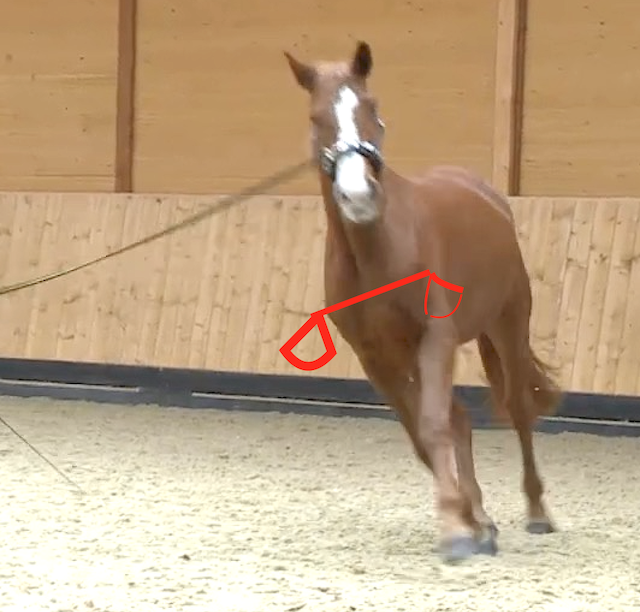
Loss of correct canter
Each vertebra has growth zones that ossify between age six and seven. Problems in canter are more often reported in that period of time. Horses fail to take the correct lead or lack impulsion (hind legs pushing actively under the center of gravity).
As a solution, skip canter for a while before carefully testing and introducing it again.
Work on elasticity in walk and trot and consult a professional, if the problem remains for longer than six to eight weeks.
Hanovarian horse Losti, five years old.
Despite his adult looking body, he had lots of issues and was overburdened with his tasks.
Trouble with moving to the bit
If that is the case, it’s time to check the teeth. Young horses change teeth up to age five.
Sharp edges can injure the oral mucosa or deciduous teeth (baby teeth) are not shed and continue to sit on top of the young horses permanent teeth (“Dental caps”). Young horses’ teeth need to be checked every six months.
Starting a horse under saddle at age three is unfavorable with regard to dental changes. That’s one reason why I start all horses bitless.
An unfitting saddle that causes pain can hinder a horse from moving to the bit. Muscles in the saddle area will change with training. Horses that develop correct muscles, start to lift their chest and withers. Frequent saddle check ups are a must.
Growth pain is real!
My daughter suffered from growth pains quite a lot. She had painful feet, knees and back. Growing bones can hurt and so can muscles. We owe responsibility to the horse regarding growth pain. Remember the last time you were really sore!
Did you know that muscles grow during rest days?
A performance day should be followed by a rest day with only calm movement such as walking. After a high performance day we should give our horse 48 hours to regenerate. Avoid daily rides with a young horse. Keep the training diverse and allow enough rest days (weeks/months) when your horse can hang out with its buddies.
In case of doubt, for the horse!
I’d rather give in ten times than one time relentlessly forcing my horse to do something. Forceful methods are punishment with whip or spurs, using side reins, pulling harshly on the reins, etc. My horses never “take advantage” of my compliance. Instead, softness on my end promoted cooperation.
My motto “In case of doubt, for the horse!” keeps the joy of working together alive and strengthens my horse’s trust in me!
photo: Nicole Heemsoth
Losti is a vigorous, well-developed horse now!
He sets an example to the importance of time during training. Time that is needed for their physical and psychological maturity.
At what age should we start riding a horse?
Ground work aims at gaining strength, balance, stamina and endurance. If you like to teach your horse healthy movement patterns on the ground, I highly recommend “A Course in Lunging”.
I prefer starting to ride a horse at the earliest at 4.5 years, if not older. Well-planned preparation and enough time will hopefully pay off by a healthy horse into old age.
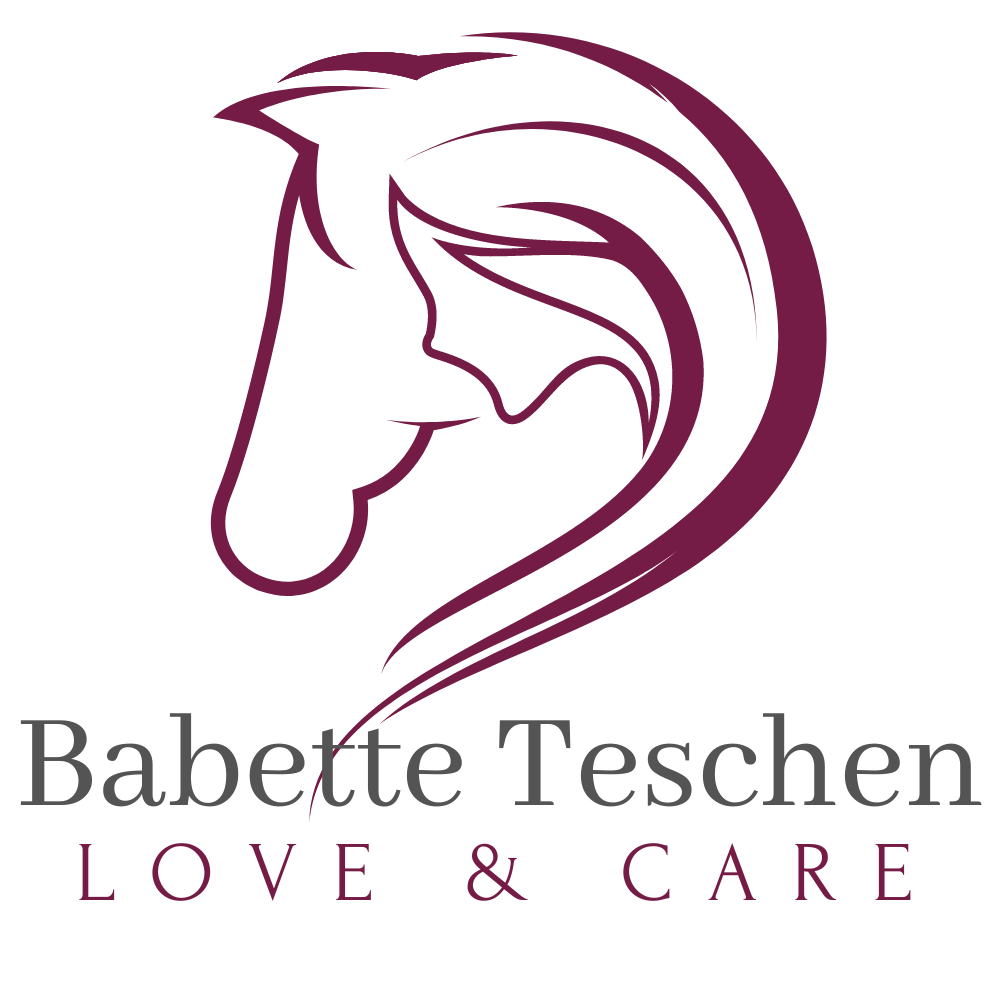
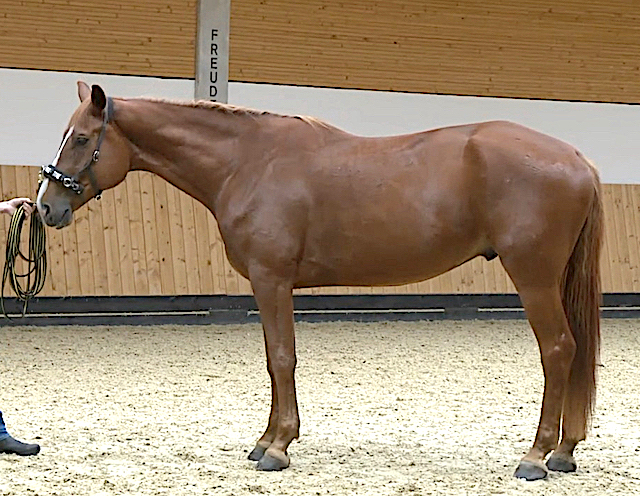
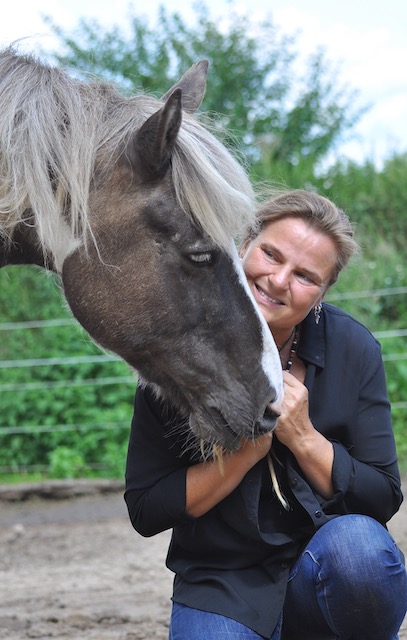
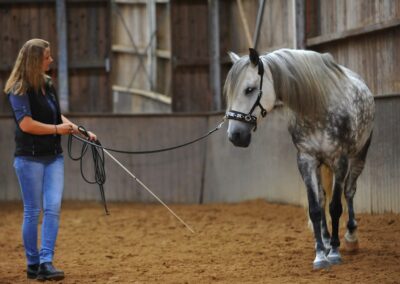
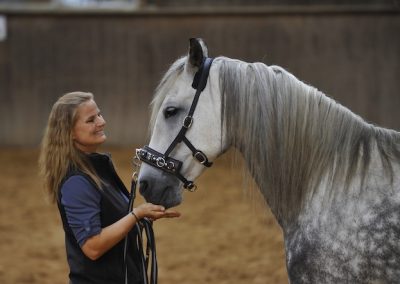
0 Comments